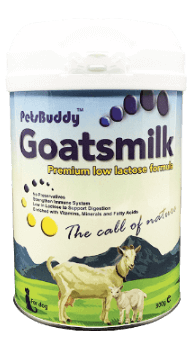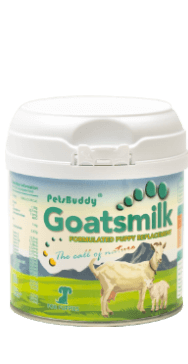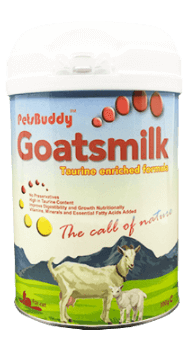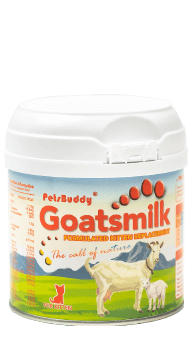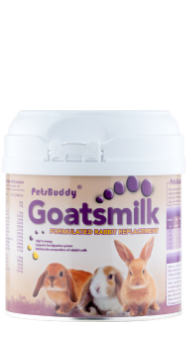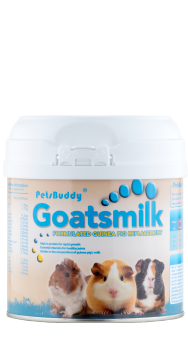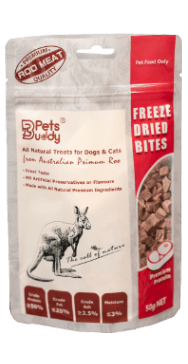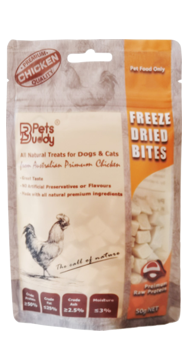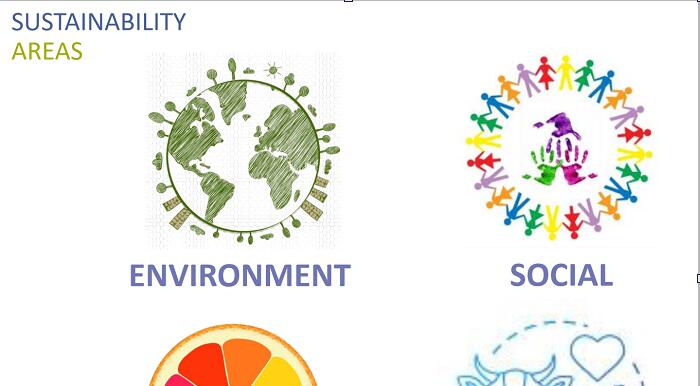Sustainable dog, cat and other pet food formulators can evaluate any protein source’s effects on human communities, livestock and the environment using a four-part framework developed by the Pet Sustainability Coalition. Caitlyn Dudas, co-founder and executive director of the organization, explained why protein sources were a main target of her group’s work, during her presentation at Petfood Forum CONNECT.
“Proteins have the highest environmental impact compared to other ingredient categories,” she said.
One Coalition member, Germany-based Josera, estimated the carbon dioxide output associated with various pet food ingredients. Production of animal protein, either lamb or insect, accounted for the majority of greenhouse gas pollution, compared to plant-based ingredients, vitamins and minerals. Dudas pointed to other research supporting Josera’s conclusions, but also noted that the topic was controversial.
In response to a question, she noted that pet foods often use rendered meals and other meat co-products from the human food industry. As a major consumer of rendered products, along with muscle tissue, the pet food industry has leverage to demand ecological and social responsibility from the cattle, aquaculture and other meat industries.
Of those meat industries, the poultry industry provides the most common protein in pet food.
“Chicken is used in 80% of pet foods and therefore is the area of focus for us initially.”
Four-part framework for pet food protein evaluation
To evaluate the wider effects on ecosystems and human communities of the chicken used in pet food, formulators and new product developers can use a four-part framework developed by the Pet Sustainability Coalition.
Environmental impact
Environmental impact measures things like deforestation, greenhouse gas emissions, land and water use.
Social impact
Social impact gauges human societal sustainability factors like safe working conditions, fair labor standards and freedom from forced labor or slavery.
Nutrition
Nutrition measures include nutritional composition, bioavailability and digestibility
Animal welfare
Animal welfare includes measured of humane standards of production, including health, prevention of pain and distress, and the promotion of comfort and natural behavior.
Social impact and animal welfare are important to meeting pet food consumer expectations, since those pet owners also tend to care deeply about animals of all kinds, she said.
